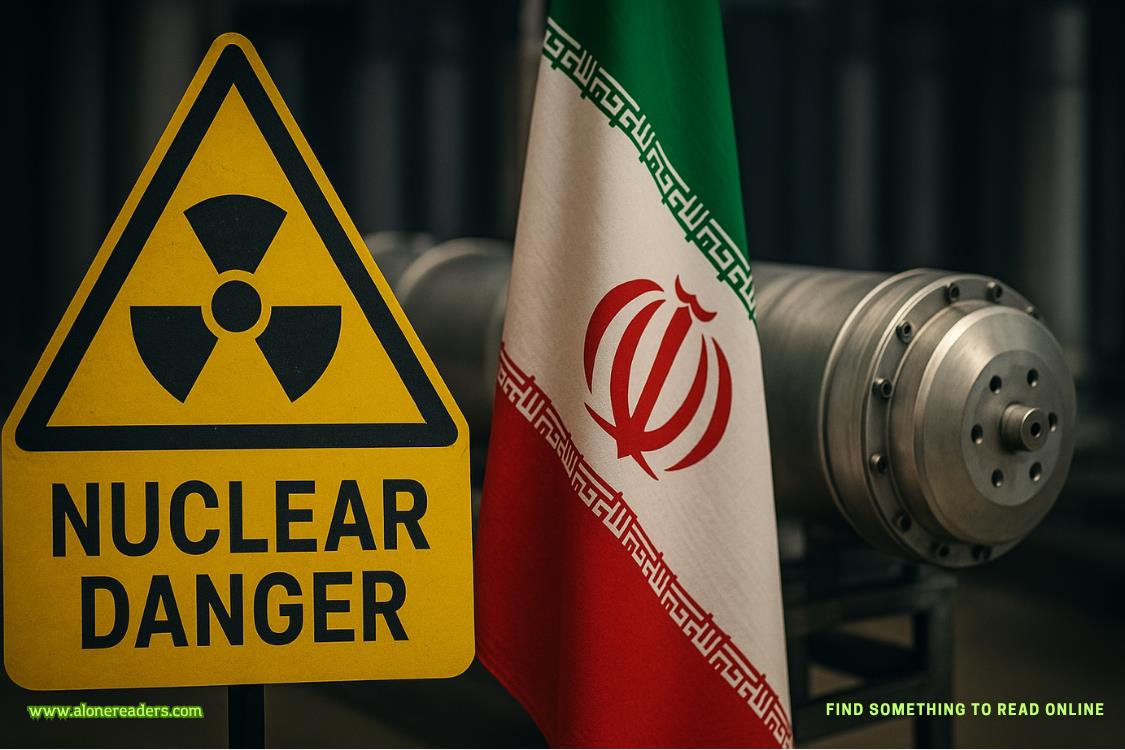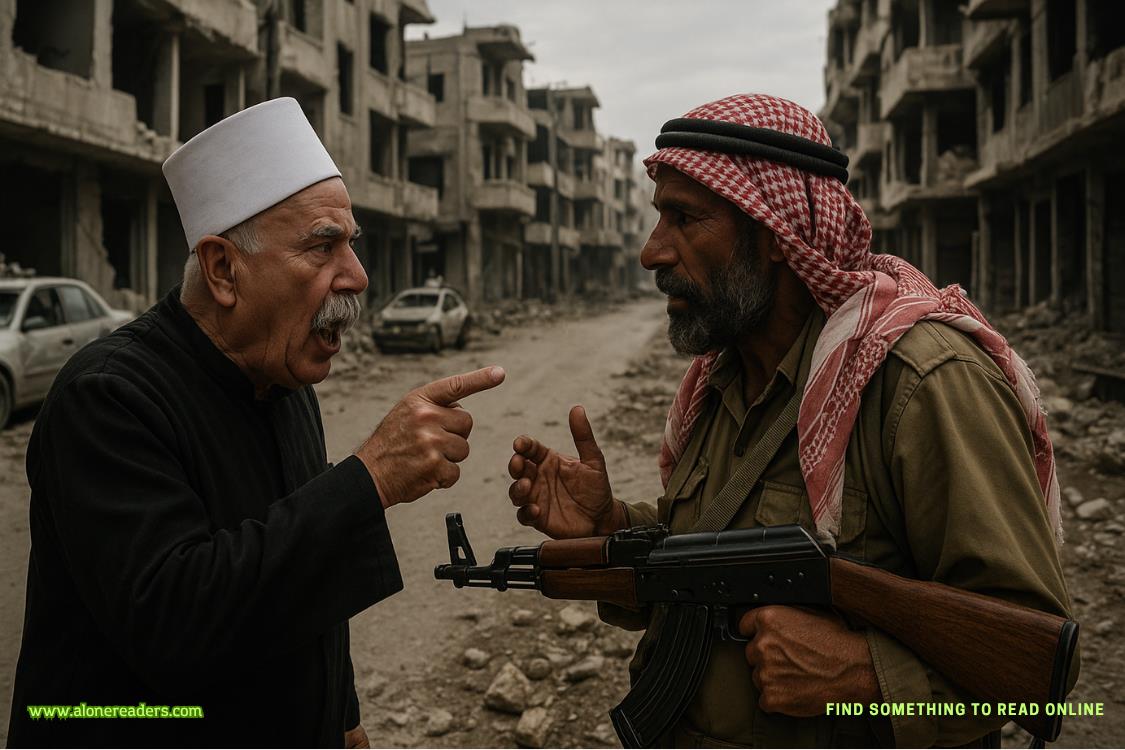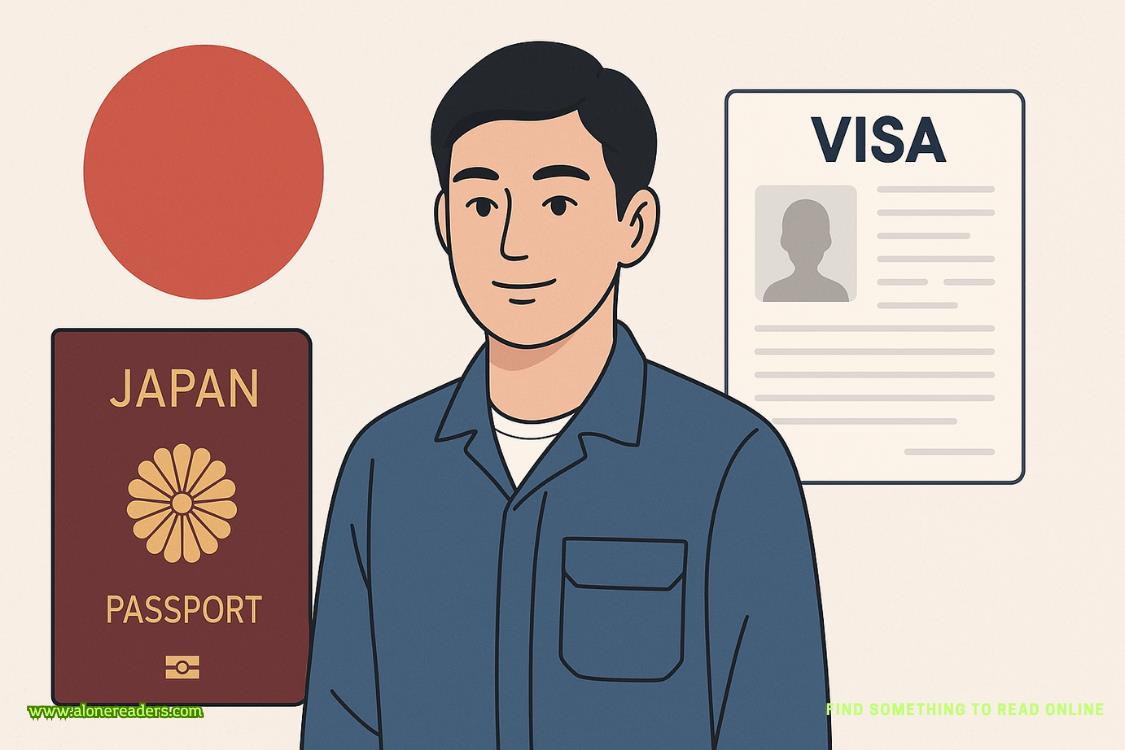So how do you get people out of burning buildings?
You drag them.
That’s what I did with Owen.
Bunker gear even comes with a built-in strap behind the coat collar for that very purpose. Pull it, and webbing in the coat tightens around their body. I’d never had to use the strap before, but I found it in seconds and pulled.
The rookie weighed a thousand pounds, but I didn’t even feel it. I stayed low and leaned all my weight back in the direction I needed to go, dragging him after me in short yanks, using every fiber of strength in my thighs, butt, torso, and shoulders to push us backwards like a machine and pull his dead weight behind me.
We made it to the exit just as DeStasio did, too.
“I told you to stay put,” I said.
“I don’t take orders from women,” DeStasio said.
Guess how much time I had for that nonsense?
The sliding doors were still pried open, and together we dragged Owen out into the open air.
Backup had arrived, big-time. The scene outside was an absolute carnival of medics, pumpers, and rescue personnel. As soon as they saw us, they leapt into action. Some took DeStasio, and some came for me, but I deflected them.
I was fine.
A couple of medics grabbed Owen and hoisted him onto a rolling gurney.
I barely had time to get a good look at him before medics started working him right there, but I will never forget what I saw. His helmet was melted, and so was his mask.
His bunker gear was smoking, too.
There must have been a flashover when the ceiling fell.
The crew moved like lightning—ripping off his mask and helmet, pulling off his air tank, ripping open his gear, feeling for a pulse. I could see soot around Owen’s nose and mouth—and second-degree burns at the edges of where his mask had been.
It’s true that firefighters never run, but I knew this crew didn’t have a cyanide kit on their box, because we were the only crew in Lillian that had one. Somebody needed to get it—stat—and that somebody was me.
I took off sprinting, grabbed the kit, and then sprinted back, just as a medic jumped on the gurney, straddled Owen, and started pumping compressions for CPR. “No pulse,” he called out. “No respiration.”
I glanced at Owen as I ripped open the kit box with my teeth, used the transfer spike to add sodium chloride, and rocked—but did not shake—the vial to mix the solution. Unconscious. Unresponsive. He was most likely in cardiac arrest.
I heard somebody say Life Flight was inbound.
Real CPR in a real emergency is nothing like anything you’ve done in a class on a dummy. It’s ugly—almost brutal—and this is especially true when firefighters are working on one of their own. They don’t hold back.
Another medic checked the defib monitor to see if we could shock him with the paddles. Yes. The rhythm was right. Everybody stepped back. Three quick shocks, and then they were back to CPR.
I grabbed Owen’s arm and found a vein. I got the IV started, a perfect stick. The antidote can’t be given in one injection. It has to enter the system slowly, over a period of ten minutes.
But no way was I going to stand there and hold an IV bag, especially not when the medic next to me, trying to pump air into Owen’s lungs with a hand-squeezed bag, was having trouble. He listened to Owen’s lungs with a stethoscope.
“Nothing’s going in,” he reported. “No movement.”
“Tube him,” I ordered, and he turned to find an airway kit.
But I stopped him. I handed him the antidote IV bag. “Hold this.”
“I have to tube him!” he protested.
“I’ve got it!”















